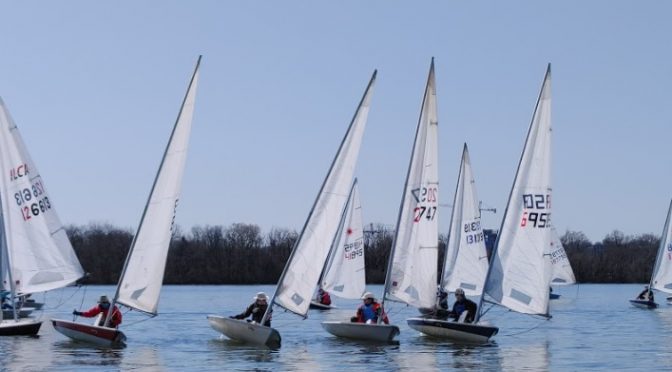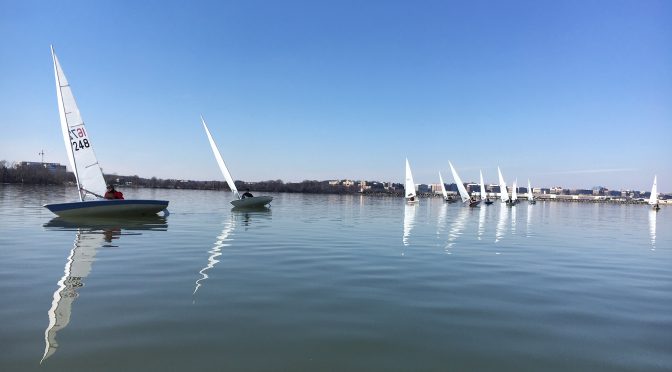Our PRSA Spring Series starts on Sunday, April 11! Please make sure you’ve read through the following information and completed the necessary steps so that you are ready to get out on the water as our PRSA Spring Series starts.
- Sign the 2021 PRSA COVID-19 Acknowledgement of Risk & Waiver: https://forms.gle/xKAAkXm7gh7xZanB6. Although things are looking better, we are still in the midst of a COVID-19 pandemic and some areas (including some places in our own area) are seeing upticks in cases and community spread. All participance’s — competitors and RC members — are required to sign this waiver in order to participate in PRSA Activities. You must sign the new 2021 waiver (the prior waiver for fall 2020 and 2020-2021 frostbite racing is no longer applicable).
- Review the PRSA COVID-19 Health & Safety Guidelines: https://docs.google.com/document/d/1ZdAoKmJyO2sD10bB9BjWX1V4xnXqDjfeh8WBBcWXG5Y/edit?usp=sharing
- Review the Notice of Race and Sailing Instructions for the Spring Series: http://potomacriversailing.org/spring-fall-sunday-series/
- Review the RC Service Requirements and sign up for RC Service: http://potomacriversailing.org/dues-rc-duty/
- Race Committee members should be sure to review all of our Race Committee & Boat Instructions carefully: http://potomacriversailing.org/dues-rc-duty/rc-boat-instructions/. Ensuring safe racing and taking proper care of our PRSA equipment is of paramount importance.
- Take note of a new federal requirement: effective April 1 a new federal law passed as part of the National Defense Authorization Act (which included a U.S. Coast Guard Reauthorization) requires a vessel operator to use either a helm or outboard lanyard or wireless engine cutoff switches (ECOS) when operating power boats under 26 feet in length. Please make sure to clip the cutoff lanyard to your life jacket when operating our skiffs.
As always, please feel free to reach out to your PRSA Executive Committee if you have any questions.




